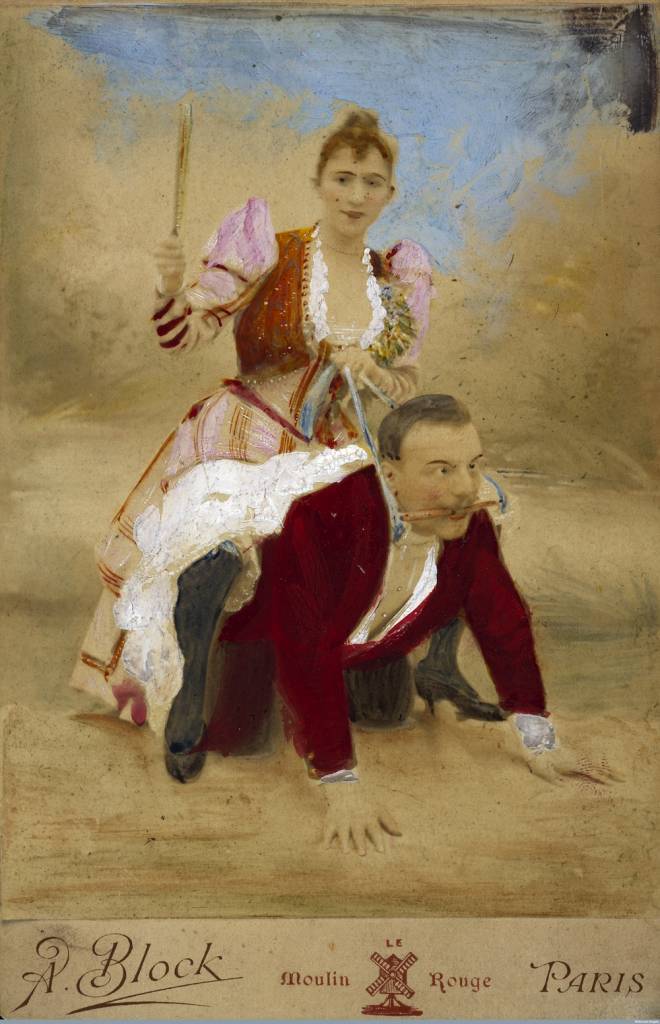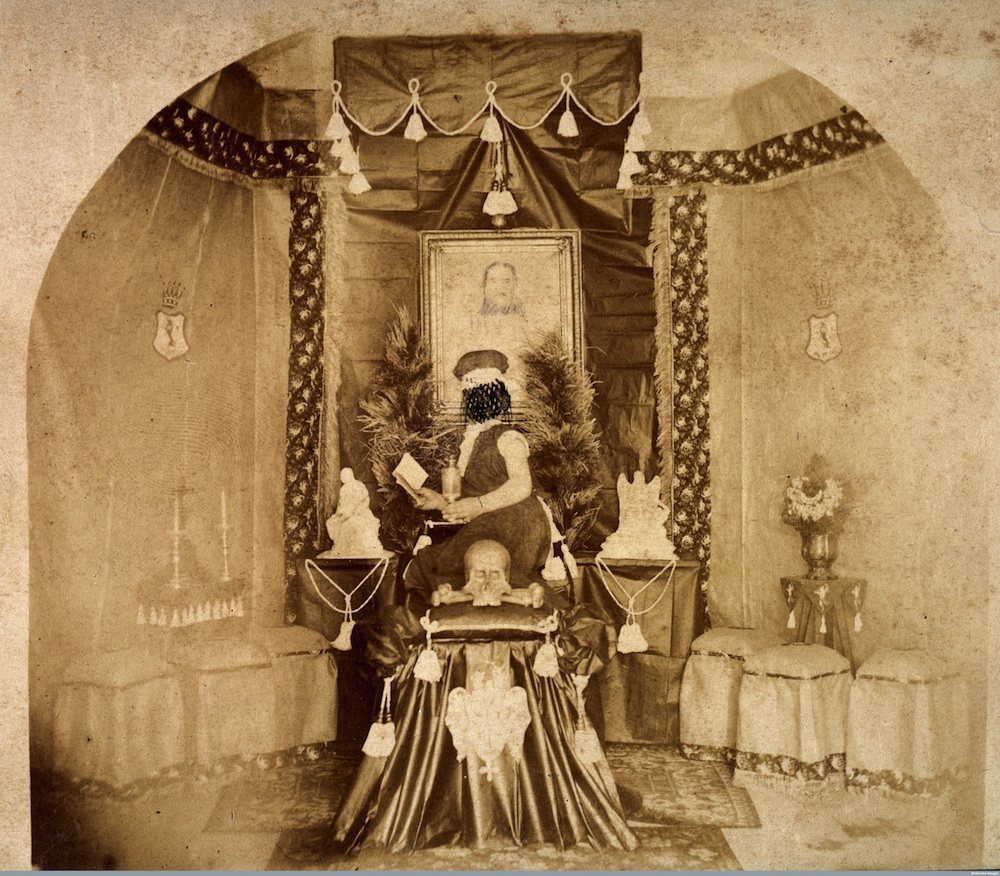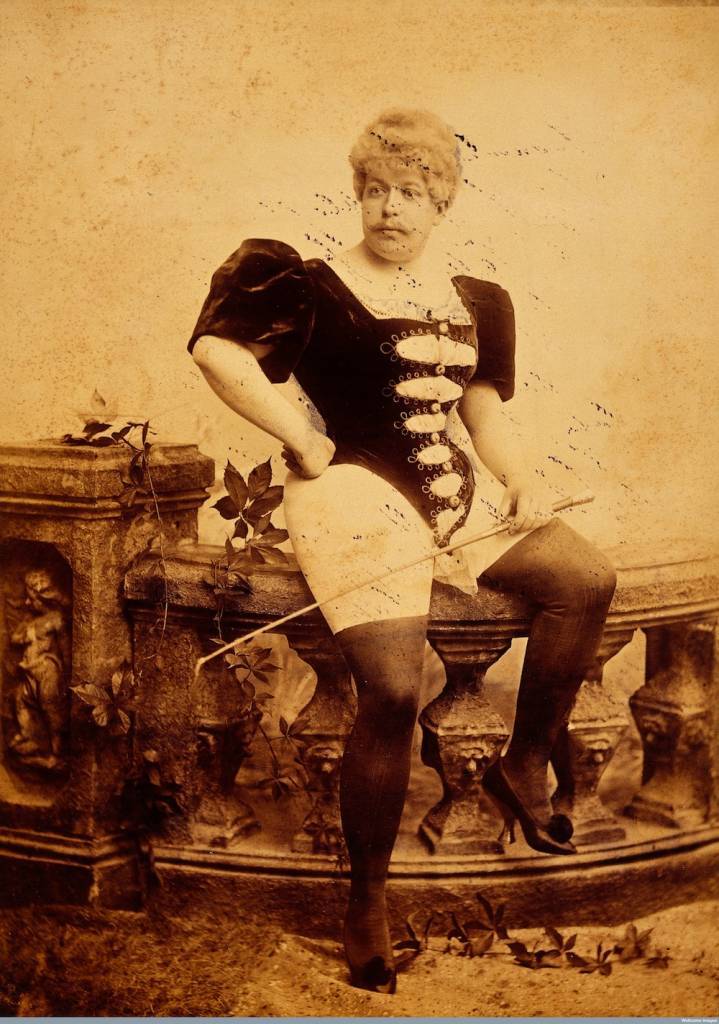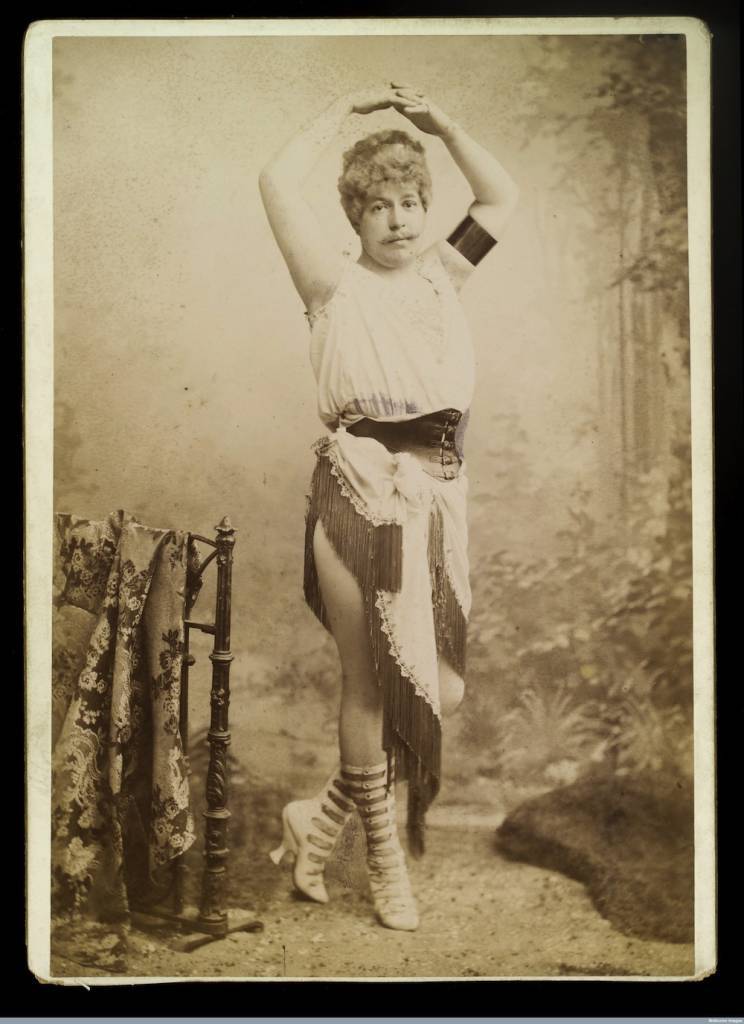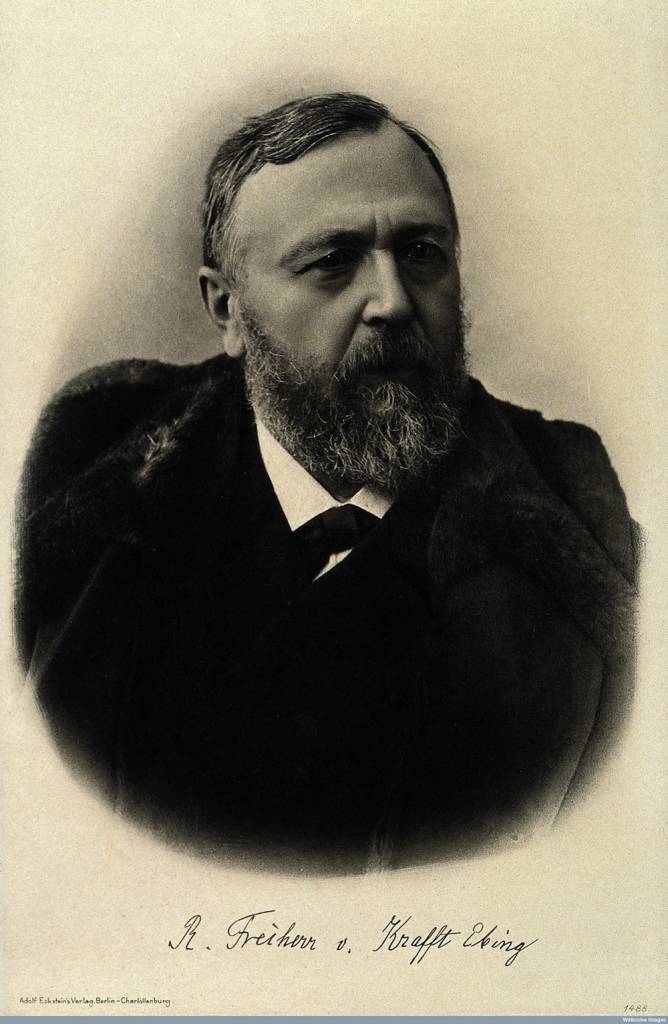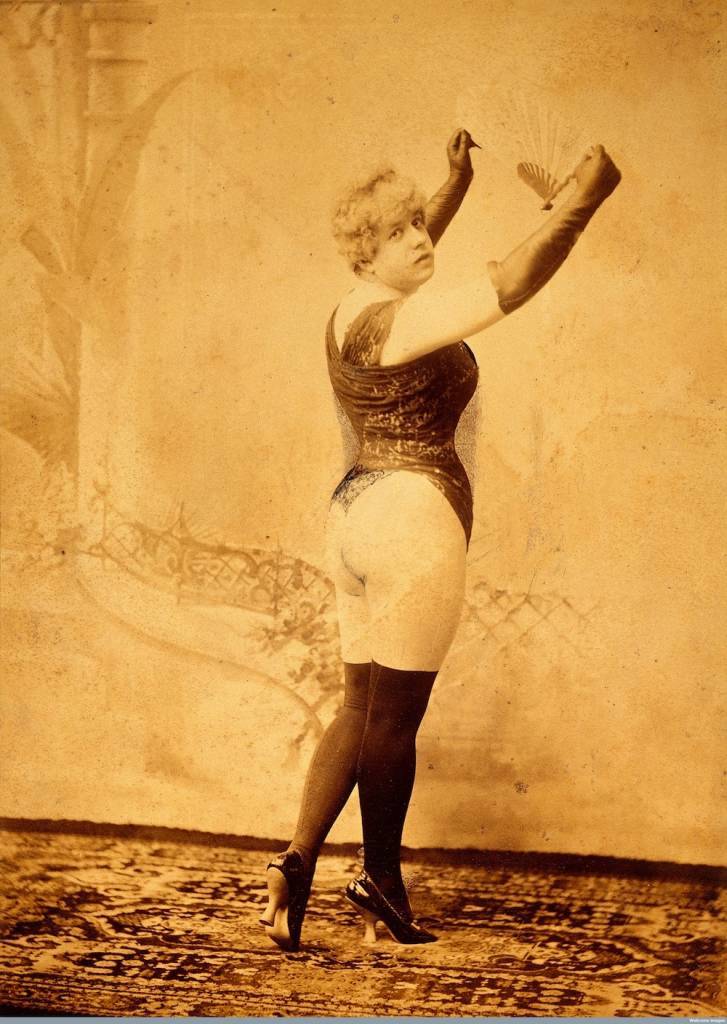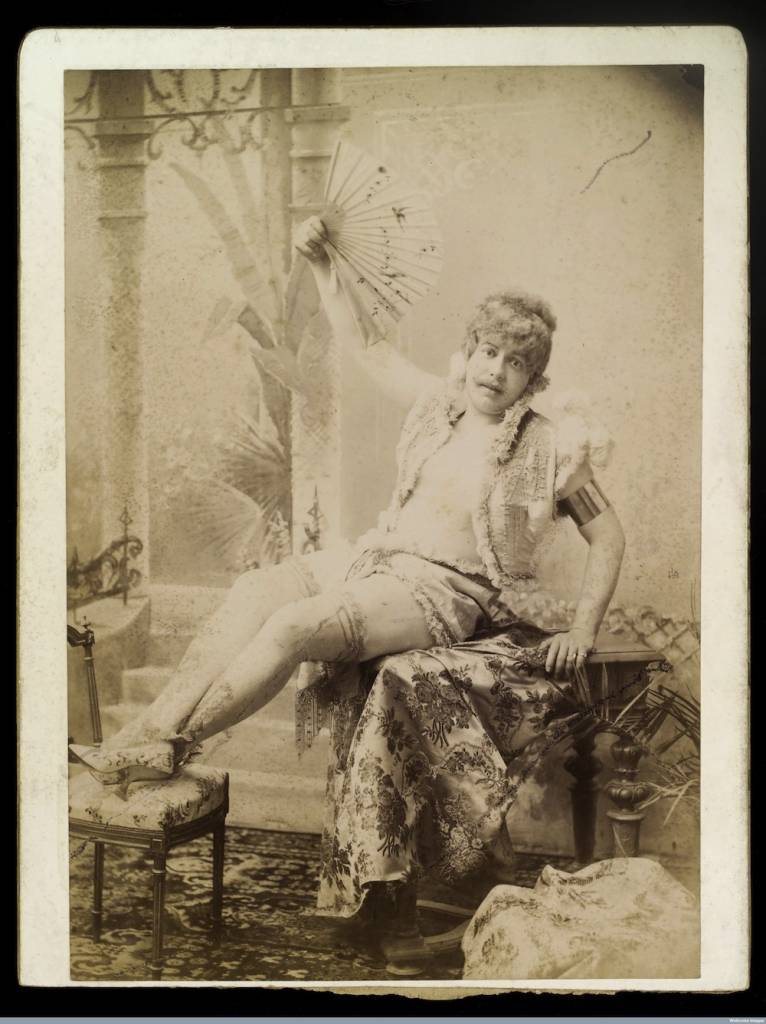Richard Freiherr von Krafft-Ebing (1840-1902) left us his 1886 tome Psychopathia Sexualis: eine Klinisch-Forensische Studie. The book, first published in 1886 (and translated from German into English in 1892), features 200 case studies to help physicians, psychiatrists and judges know more about fetishism, sadism, masochism (terms the author coined) homosexuality, ymphomania, necrophilia, pederasty, coprophilia, bestiality, transvestism, exhibitionism and incest. Before Richard Freiherr von Krafft-Ebing’s work, all fields of sexuality were branded as “perversions”. Now named, these “deviant sexual behaviours” could be better studied and discussed. Science was now in control of those unnatural urges.
These pictures are from Richard Freiherr von Krafft-Ebing’s private papers.
The work was not intended for everyone:
Psychopathia Sexualis was intended as “a medico-forensic study.” Krafft-Ebing presented the case histories’ most sordid details in Latin “in order to exclude the lay reader.”
“The object of this treatise is merely to record the various psychopathological manifestations of sexual life in man and to reduce them to their lawful conditions,” writes Krafft-Ebing in his introduction to the first edition. His book was aimed at “men engaged in serious study in the domains of natural philosophy and medical jurisprudence.”
….
Upon the publication of Psychopathia Sexualis, Krafft-Ebing became a prominent, if controversial, figure. He promoted psychiatry through a series of public lectures about his research, lectures which were described as “showy,” “glamorous” and “highly sensational.” He was not interested simply in self-promotion. He entered the public debate by opposing Paragraph 175, a part of the German Kingdoms’ legal code (adopted in 1871) that criminalized homosexuality. In spite of this progressive stance, Krafft-Ebing still considered homosexuality an illness that begged for treatment and a cure.
Harry Oosterhuis notes:
Around 1890, when Krafft-Ebing introduced fetishism, sadism and masochism in his Psychopathia sexualis and his Neue Forschungen auf dem Gebiet der Psychopathia sexualis [New Research into Psychopathia Sexualis], his explanatory focus clearly shifted from a physiological to a more psychological understanding – not so much were bodily characteristics or actual behaviour decisive in the diagnosis of perversion, but inner feelings and personal history. Consequently, he located the seat of sexual desire in the personality. It was the psychological attitude behind outward appearance and behaviour that counted as the defining criterion of contrary sexual feeling, sadism, masochism and fetishism. 82 The association of the abnormal act with its ‘psychological motive’, and the ‘abnormalities of thought and feeling’ were crucial, Krafft-Ebing wrote, even if people were not aware of them; discussing sexual desire he – as well as some of his clients – frequently used the psychological terms ‘unconscious’ and ‘latent’.
Spotters: PublicDomainReview; Photos via Wellcome
Would you like to support Flashbak?
Please consider making a donation to our site. We don't want to rely on ads to bring you the best of visual culture. You can also support us by signing up to our Mailing List. And you can also follow us on Facebook, Instagram and Twitter. For great art and culture delivered to your door, visit our shop.
